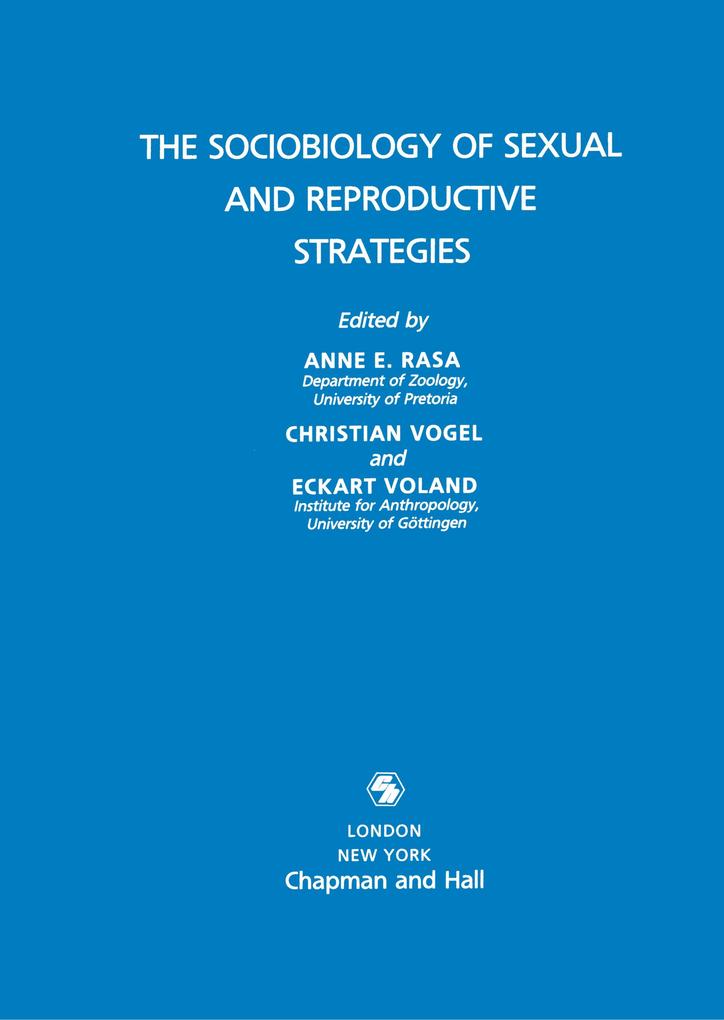
Zustellung: Fr, 25.07. - Di, 29.07.
Versand in 7 Tagen
VersandkostenfreiBestellen & in Filiale abholen:
There are many varied facets to the sociobiology of sex and reproduction, and to the strategies adopted to maximise inclusive fitness in this way. This book presents a wide range of studies of these issues in humans and other animals. It should attract a wide readership of biologists, particularly those concerned with the relationships between animal behaviour, genetics, ecology and evolution.
Inhaltsverzeichnis
On sexual and reproductive strategies, C.Vogel. Part 1 New insights from genetics: the evolution of sex - DNA repair hypothesis, H.Bernstein et al. Part 2 Eco-ethological aspects of sexuality and reproduction in animal populations: sex-specific reproductive patterns in some terrestrial isopodes, K.Linsenmair; mate guarding in geese - awaiting female receptivity, protection of paternity or support of the female feeding?, J.Lamprecht; helping in dwarf mongoose societies - an alternative reproductive strategy, A.Rasa; reproductive strategies of female gelada baboons, R.Dunbar; reproductive strategies of subadult Barbary macaque males at Affenberg Salem, J.Kuester and A.Paul; infant mistreatment in langur monkeys - sociobiology bridled from its wrong end, V.Sommer. Part 3 Sociobiological aspects of human sexuality and reproductive strategies: male-female differences in the desire to have sexual intercourse with the anonymous new partner, D.Symons and B.Ellis; human courtship behaviour - biological bases and cognitive processing, G.Grammer; reproduction and sex-ratio manipulation through preferential female infanticide among Epipo, highlands of West New Guinea, W.Schiefenhovel; women's reproduction and longevity in a premodern population (Ostfriesland, Germany, 18th century), E.Voland and C.Engel; household composition and female reproductive strategies in Trinidadian village, M.Flinn; the sociocultural biology of Netsilingmuit female infanticide, C.Irwin; the costs of children and the adaptive scheduling of births, towards a sociobiological perspective on demography, N.Blurton Jones.
Produktdetails
Erscheinungsdatum
30. Juni 1989
Sprache
englisch
Auflage
1989
Seitenanzahl
308
Herausgegeben von
A.E. Rasa, C. Vogel, E. Voland
Verlag/Hersteller
Produktart
gebunden
Abbildungen
XVI, 288 p.
Gewicht
1073 g
Größe (L/B/H)
303/215/23 mm
ISBN
9780412337802
Entdecken Sie mehr
Bewertungen
0 Bewertungen
Es wurden noch keine Bewertungen abgegeben. Schreiben Sie die erste Bewertung zu "Sociobiology of Sexual and Reproductive Strategies" und helfen Sie damit anderen bei der Kaufentscheidung.










